Reverse Engineering has many purposes, one of them being to recreate parts or components that are no longer manufactured. With straight-forward mechanical components, this can be accomplished with a variety of measuring instruments. This task can quickly become more complex though, if the part takes on more of a freeform or ergonomic shape.
To serve as an example, the president of our company recently had one of his speaker covers broken. Despite the fact that this is something that can be purchased, we decided to reverse engineer it with all the available tools here at Cimquest.
The first step was to scan the part and capture as much as the geometry as possible. This was done with the Creaform HandyScan 700 scanner, which has a resolution of .2 millimeters.
Next, we imported the scan into Geomagic Design X. This software allows us to interrogate our scan, and trace the outline of each feature that we need in order to recreate our CAD file.
When we’re done, we end up with a fully-featured, editable CAD file that can be exported into a variety of CAD packages.
In CAD, you are able leverage these fully editable features to make modifications and optimize your design.
The last step is to 3D print our product as an end use part. In this case, we used our HP Jet Fusion 3D Printer, and produced the speaker cover in Nylon 12, which is knows not only for its outstanding mechanical properties, but also for its superior flexibility.
The result? A recreation of the original product, with a few tweeks and modifications to suit the customers’ requirements!
As you can see, having the right tools for the job makes a huge difference– from 3D scanning to reverse engineering software to CAD and 3D printing. Please be sure to sign up for our 2 Minute Tuesday video series to receive tips and tricks like this one in video form every week. More info at the button below.


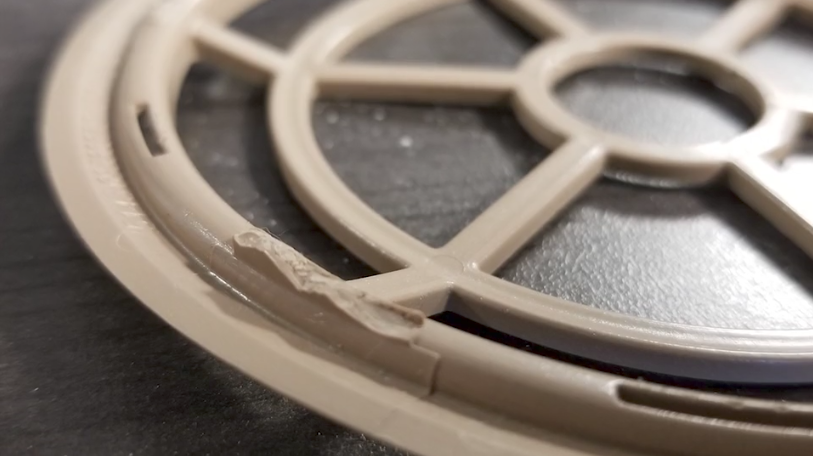

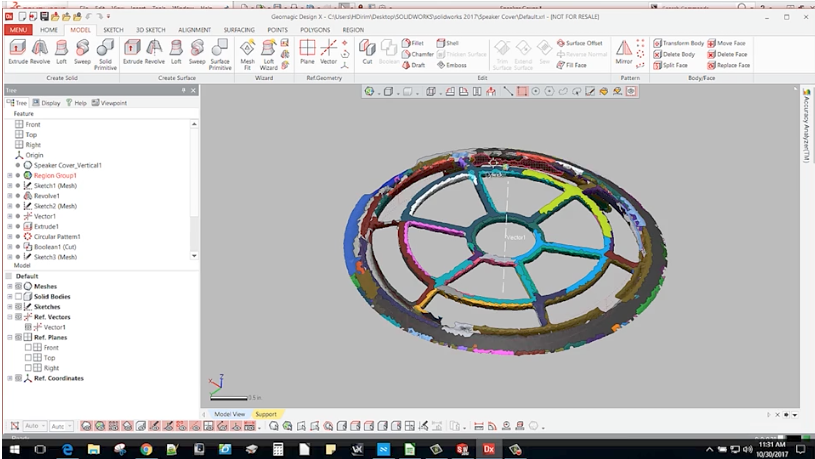

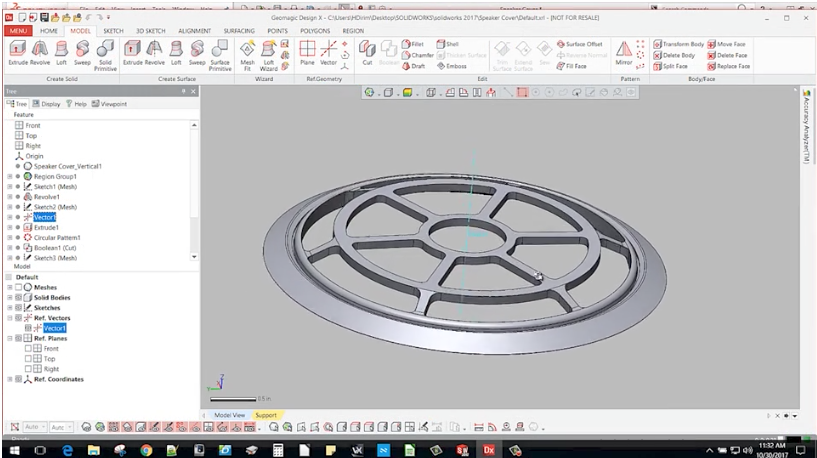
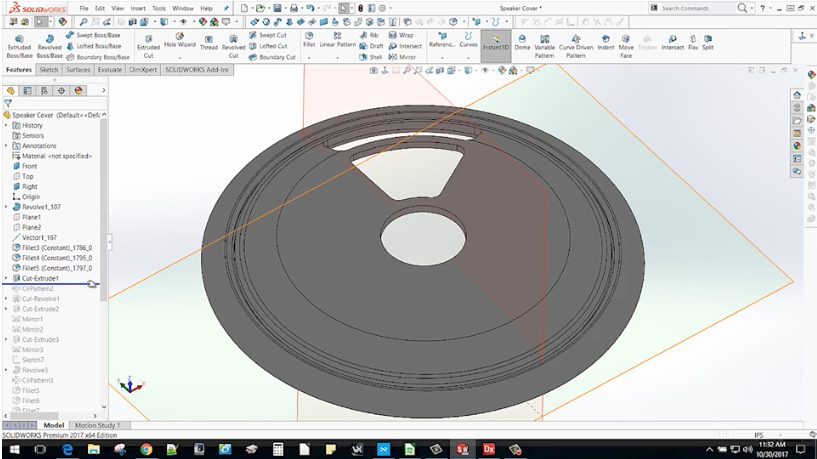
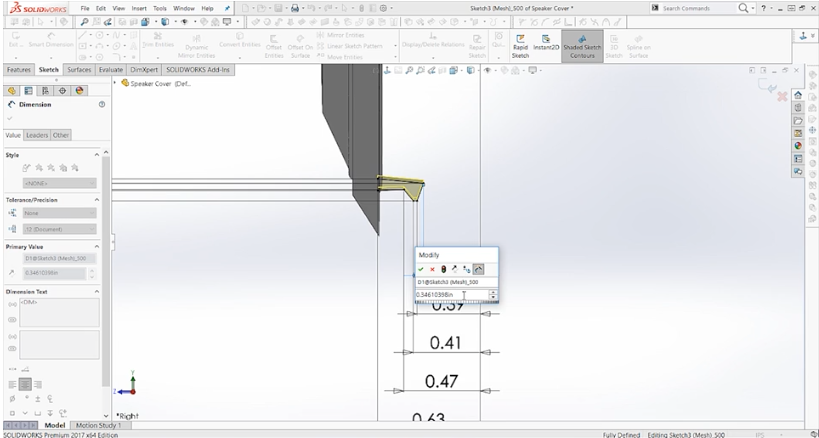


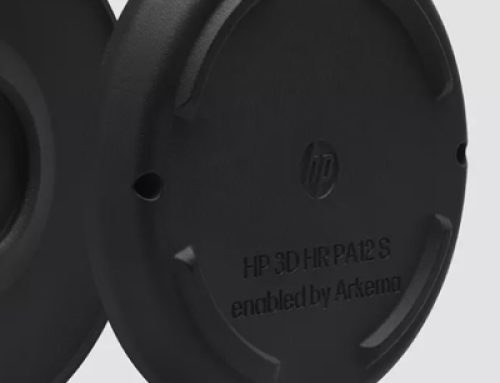
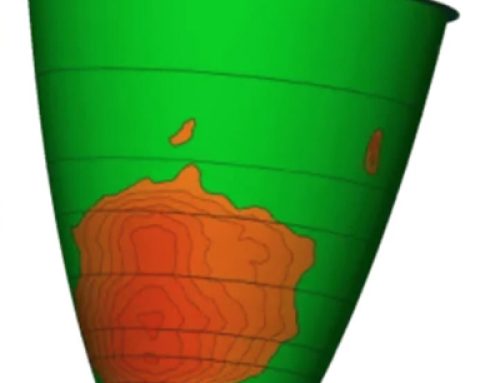



Leave A Comment